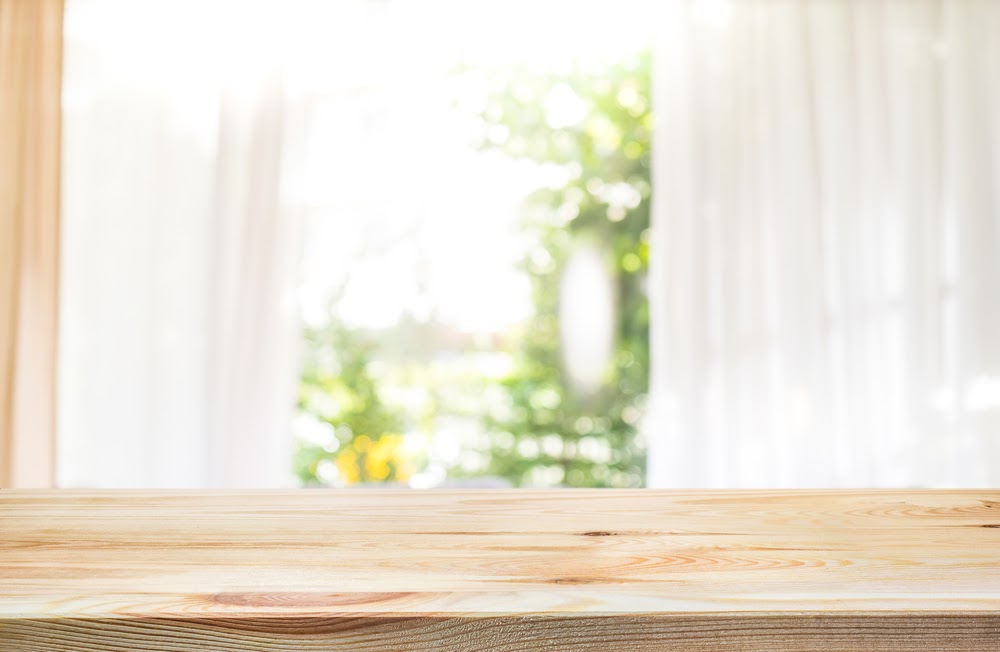What to Consider When Creating Energy Efficient Home Designs
Many people are building new homes instead of purchasing existing homes. In fact, the U.S. Census reports that construction began on over 1.5 million new single-family homes in the month of April 2021. If you are building a new home, it’s important to look into energy efficient home designs.
An energy efficient home is built to use less energy than a standard home. There are many benefits to living in an energy efficient home. By reducing your energy consumption, an energy efficient home can lower your monthly utility bills and minimize your carbon footprint.
How can you work with your architect or builder to build an energy efficient home? Here are some factors to consider throughout the design process:
Environmental Elements
The first things you need to take into consideration when creating energy efficient home designs are environmental elements, including:
- Sun
- Light
Sun
Ask your architect to create a sun path diagram for your home’s location. To do this, your architect will need to plot the sun’s path as it travels in the sky throughout the day.
A sun path diagram will reveal when your home is exposed to direct sunlight and when shading takes place. This information can help your architect determine the best way to position your home to minimize heat gain, which occurs when heat from the sun warms up the inside of your home. Heat gain can force your air conditioner to work harder to keep you cool in the summer, which is why reducing it is crucial to building an energy efficient home.

Light
Research the weather in your home’s location to learn more about the typical sky conditions. Is it usually clear, overcast, or partly cloudy? The answer to this question will help you determine the best way to light the inside of your home.
For example, if the sky is typically clear, you can illuminate your home primarily with natural light, so you may not need to spend as much on interior lighting. But if the area is usually overcast, you may need to invest in additional interior lights.
Building Orientation
Building orientation, or the positioning of your home, can affect its energy efficiency. Your architect can use the information you collect from your sun and light analysis to determine the most energy efficient building orientation for your new home. But in general, these are some best practices to follow:
- Orient the exterior of your home longitudinally. The longer sides of your home should be oriented east-west, whereas the shorter sides should be oriented north-south.
- Don’t forget about the interior orientation. Frequently used rooms such as the bedroom or kitchen should face the south so you can enjoy the heat from the sun in the winter and escape the heat from the sun in the summer.
- Plant trees in the right places. It’s best to plant deciduous trees on the east and south sides of the home. If you want to incorporate evergreens into your landscaping, place them on the north or west sides.
- Plan for south-facing windows. South-facing windows will allow more heat into your home in the winter without letting too much heat into your home in the summer. If you can, avoid placing a lot of windows on the west side of your home. Windows in this position will allow a significant amount of heat into your home during the hottest months of the year.
Incorporate as many of these best practices into your design to maximize your home’s energy efficiency.

Insulation
Insulation is another factor you should consider when designing an energy efficient home. Insulation is material that is used to reduce heat loss and heat gain in your home. If your home is properly insulated, your heating and cooling system won’t need to consume as much energy to keep you comfortable.
There are many different types of insulation, some of which are more effective than others. Each insulating material is given an R-value, which is a measure of its thermal resistance. The higher the R-value, the more effective the insulation material.
The amount and type of insulation you need will depend on your home’s location. To ensure your home is properly insulated, follow the guidelines established by the Department of Energy. Look at this map to find out which climate zone your home is located in. Then, refer to the table to learn more about the insulation recommendations for your climate zone.
Once your home has been built, there are plenty of steps you can take to improve your energy efficiency on a daily basis. Following these tips will help you achieve your goals of saving money and living an eco-friendly lifestyle.


